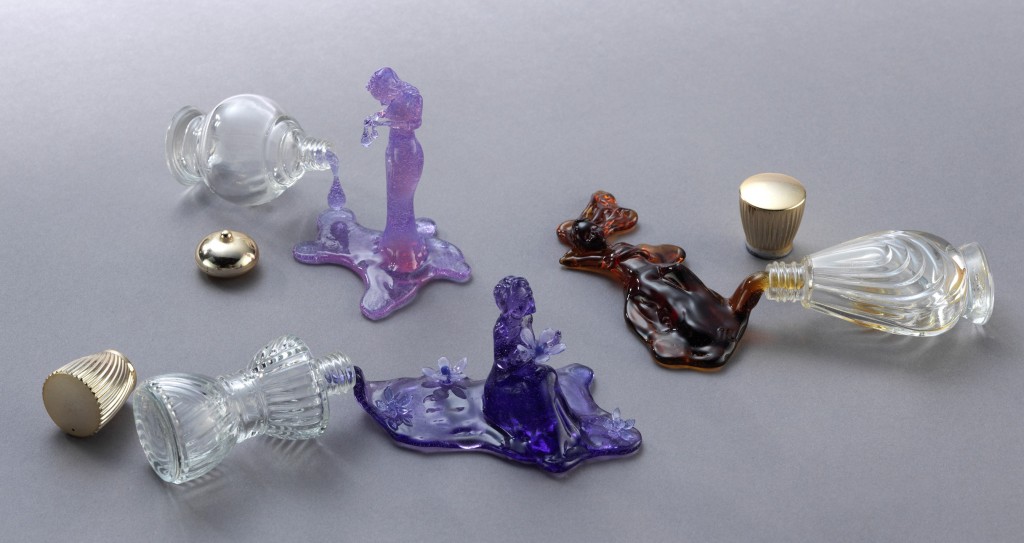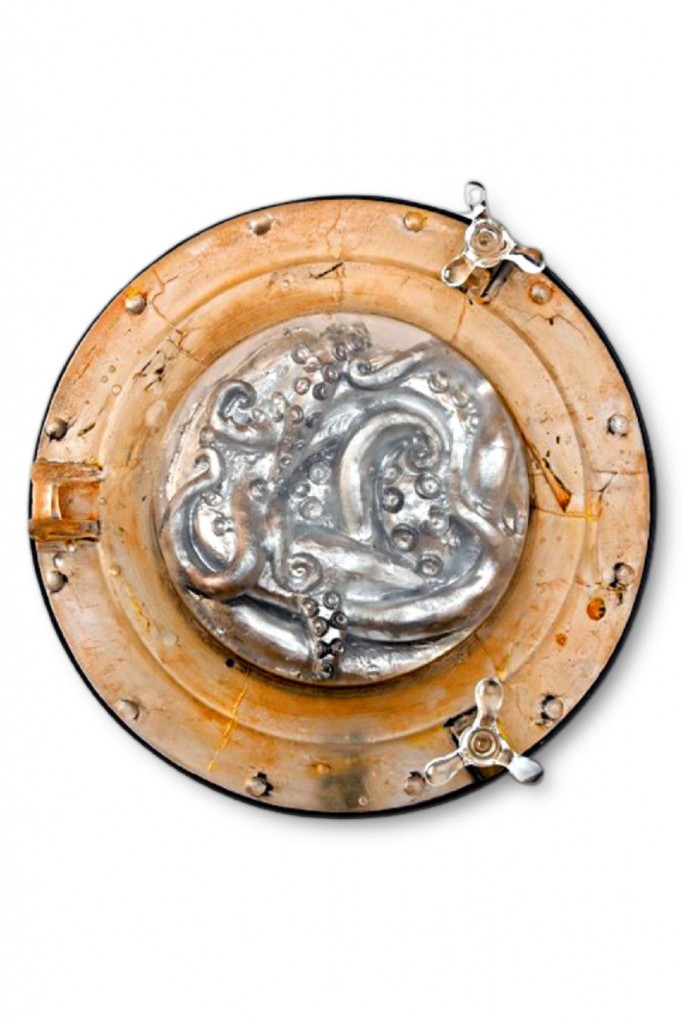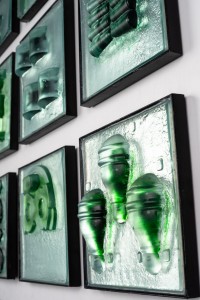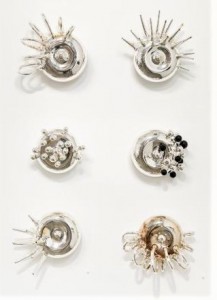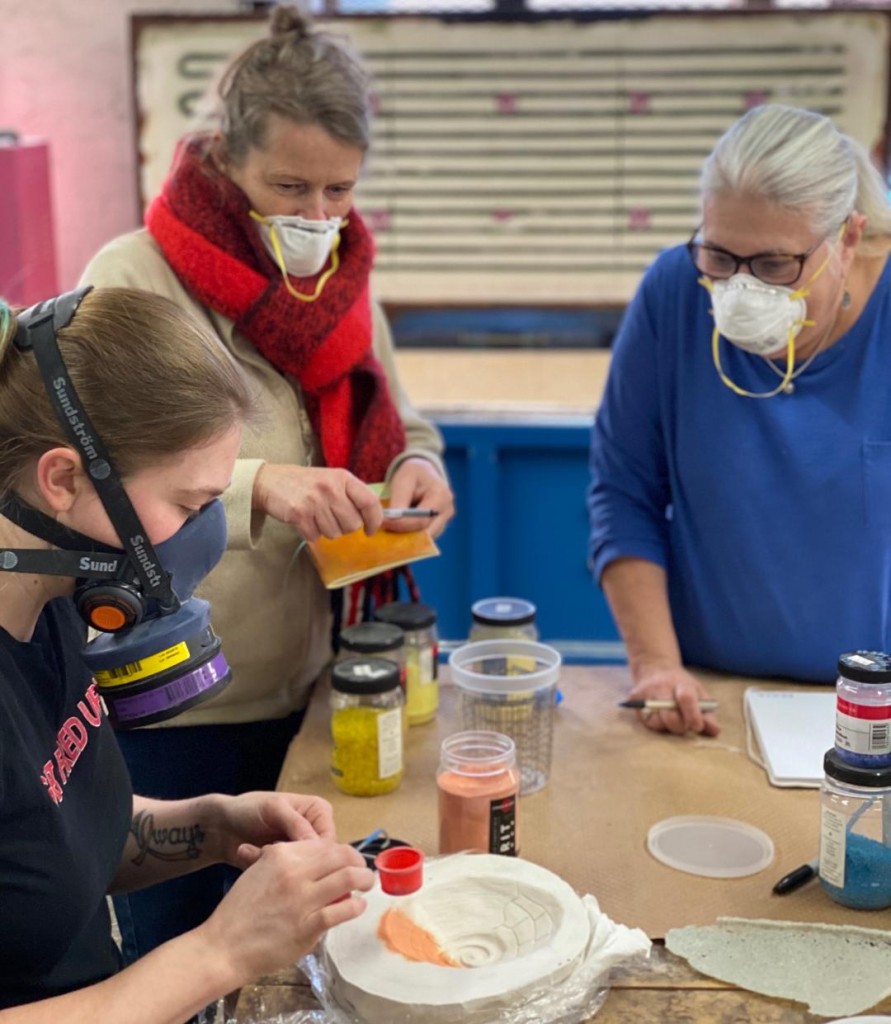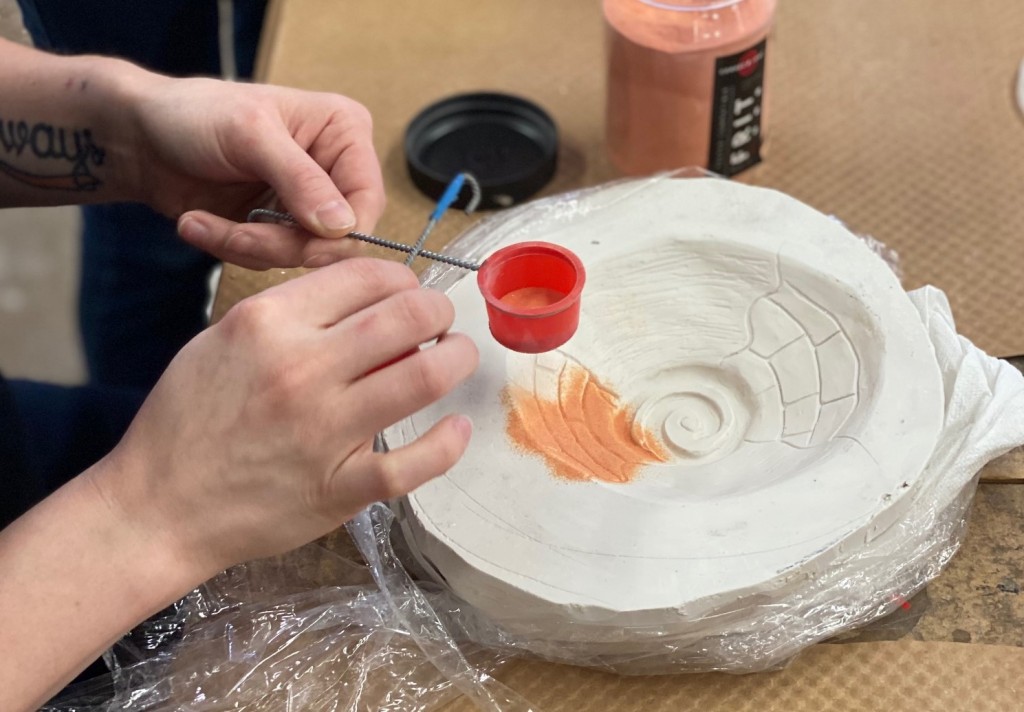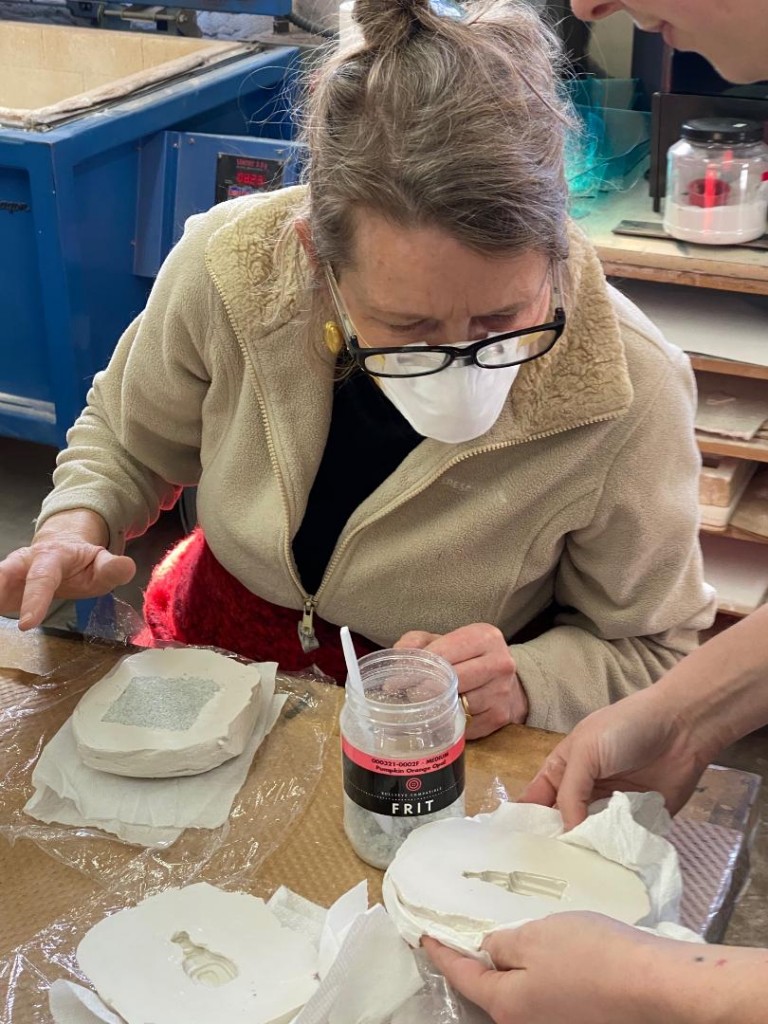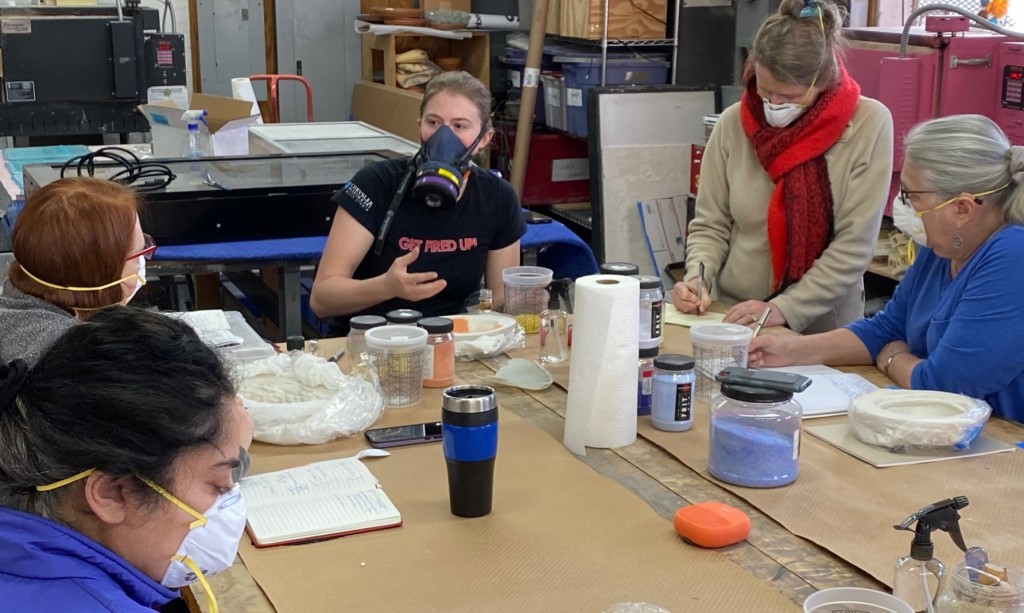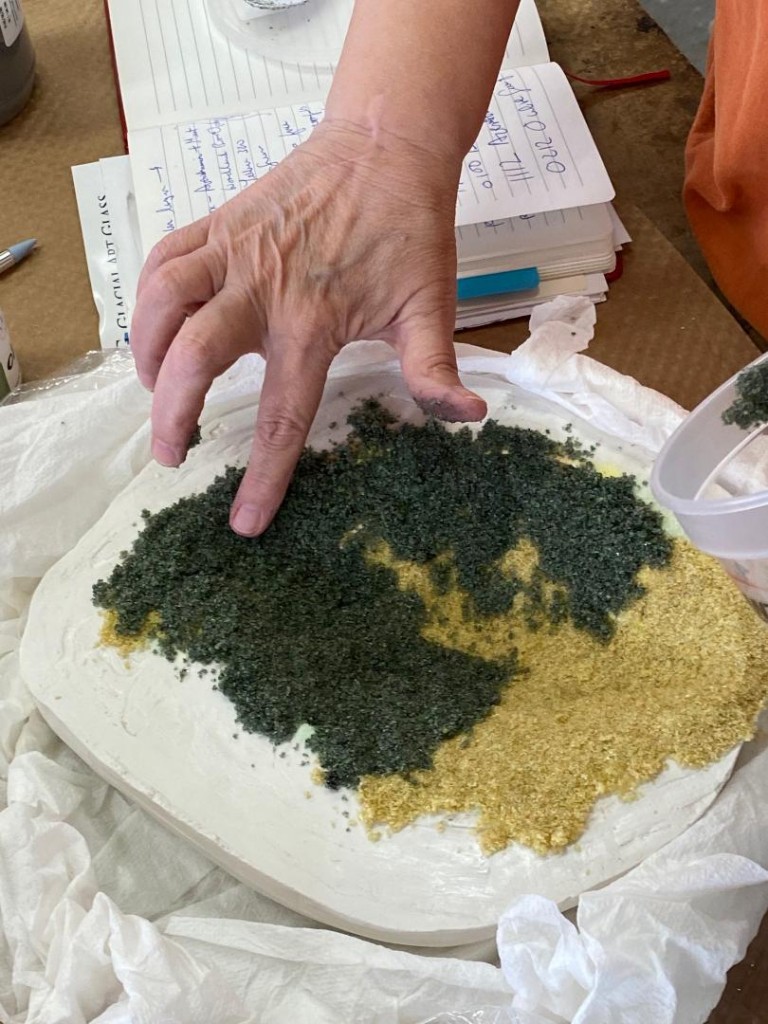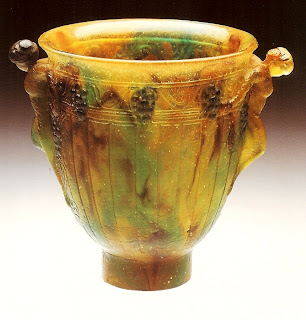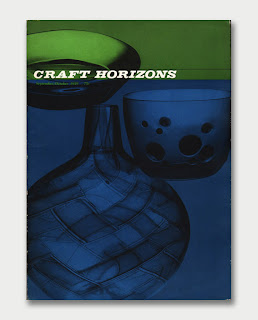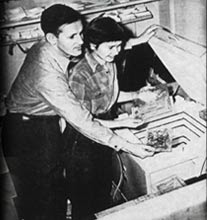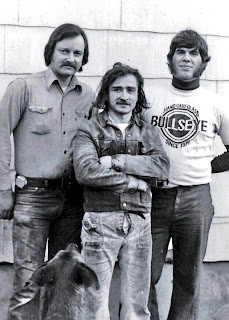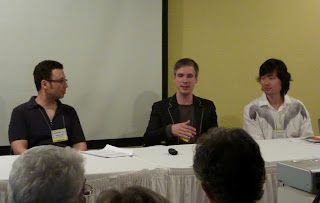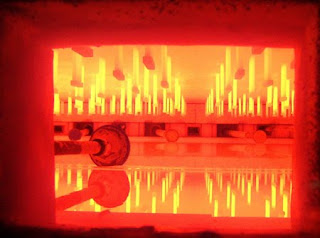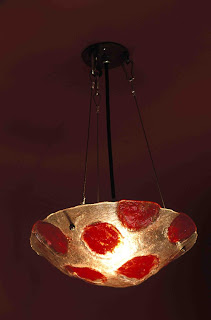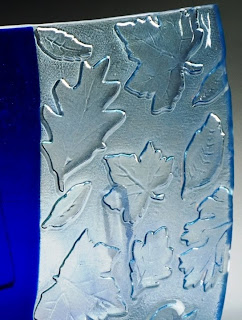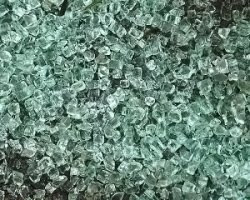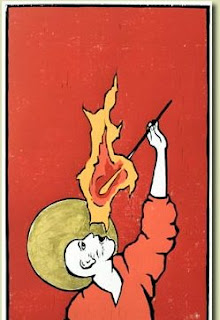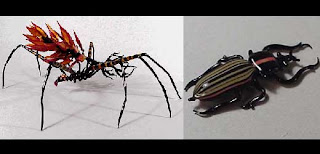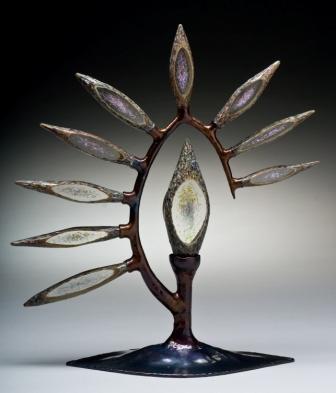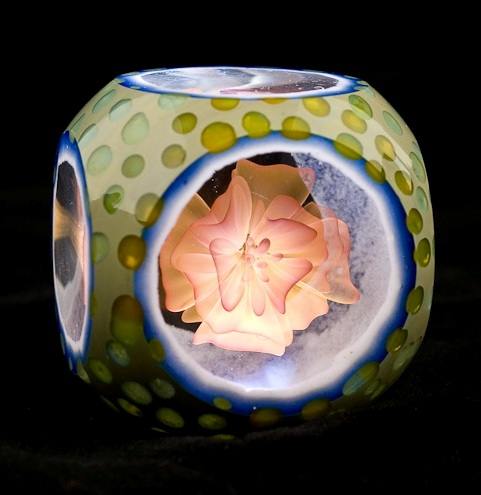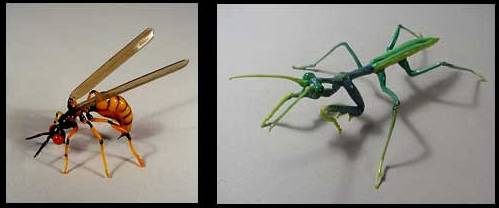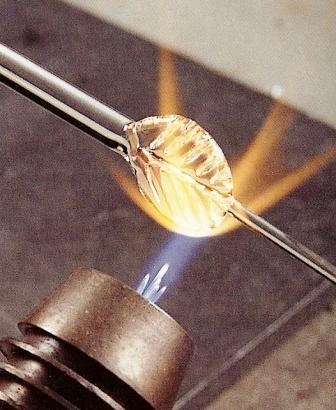-

WGS Contemporary hosts CLICK-IT! and Artists for Racial Justice
With much of the physical art world closing because of Covid-19, artists, galleries and museums have turned to technology and social media to stay open (albeit virtually), allowing visitors from anywhere in the world to interact with and view art.
WGS Contemporary Gallery (located in the DMV’s Gateway Arts District) had to get creative with how to bring art to the world. With so much changing so quickly, artists and arts organizations are still in the process of finding their footing. “With everyone in isolation, art is needed now more than ever to help remind people that we are not alone. Art helps us to dream, escape our current realities, and engage our imaginations in building a better world for tomorrow,” said Gallery Director Teri Swinhart (Bailey). “With this show, we all stand united (six feet apart, of course) and ready to take on these challenges and the new opportunities they present.”
Opening June 16th, WGS Contemporary presents “Click-It!” featuring works by some of the most exciting and inspiring artists, with a broad spectrum of works that showcase the current trends in art and the media specific works.
Artists in the show include:
Teri Swinhart (Bailey)
F. Lennox Campello
Jennifer Caldwell
Jason Chakravarty
Cheryl P. Derricotte
Sean Donlon
Sean Hennessey
Joseph Ivacic
Michael Janis
Carmen Lozar
Tim Tate
Erwin Timmers
Steve Wanna
Jeff Zimmer
“By placing artworks of different materials, mediums, and styles in direct conversation, there is opportunity for new dialogues and perspectives,” adds Swinhart. Click-It! will highlight the many parallel and interesting artistic directions these artists bring creating a dynamic environment of exchange online.
“We will be using our online platforms to introduce exciting new art programming that aims to enrich, entertain and inspire during this challenging time.”
A special fundraising event “Artists for Racial Justice” is also scheduled online as a companion show, with the-proceeds for these special works to be donated to the non-profit organizations “Color of Change ” and the “NAACP”.
WGS Contemporary is a Washington, DC area art and special projects fine arts gallery. WGS Contemporary’s mission is to contribute to thinking about art, new media, technology, and social issues through an open access forum which we hope will facilitate contemporary and innovative projects worldwide. In that process, WGSC will expose the cutting edge work of artists pushing the new media frontiers of art. Projects using robotics, sensory perception, holographic imaging, self-contained video sculptures and others will offer an intelligent and fresh set of artwork that marries technology and art into a new creative dialogue in the visual arts.
Want more than just visual …stimulation? click on link below and get the official “Click It” themesong – music by Donovan Lessard.
